4-Point Play: Pros and cons of Chaz Lanier and Jaxson Robinson
Mark Pope is in a comfortable, yet tricky position as he looks to close out his debut roster in Lexington. On one hand, Kentucky has built out a dynamite core group that is loaded with talented system fits from top to bottom, 11 players who bring something unique to the table while positively impacting winning. You’ve got shooters, facilitators, defenders, size, athleticism and experience, a unit capable of competing in the SEC as currently constructed — it’s already deeper and more talented than the BYU roster that finished fifth in the Big 12 last season, a conference that tied the SEC for first nationally in NCAA Tournament bids with eight.
The Wildcats are still one key piece away, though, from really making a statement in Pope’s first season at Kentucky. No, this system isn’t star-driven like John Calipari’s was in Lexington, relying on iso-heavy players taking over games in crunch time simply hoping the cream rises to the top. It does, though, create open looks at all three levels better than just about anybody in the country with a goal of taking 35 3-pointers per game. And ideally, you have as many shot-makers on the floor as you can fit, preferably at all five positions.
Four signings range from non-threats to low-volume career shooters with streaky efficiency in Lamont Butler Jr., Amari Williams, Otega Oweh and Brandon Garrison — all brilliant additions with unique defensive skillsets and physical traits, but hardly snipers. Pope countered those limitations by loading up on shooting specialists in Koby Brea, Kerr Kriisa, Andrew Carr and Ansley Almonor with Collin Chandler, Trent Noah and Travis Perry all dead-eye threats among incoming freshmen.
What’s missing? The three-level scoring threat capable of knocking down shots at an elite rate, but also attacking the basket and finishing around the rim, finding the tiny windows to put points on the board at any given moment. Pope’s system is the ultimate cushion and will do most of the heavy lifting, but it’s a luxury having someone you can lean on to counter even the best defensive threats with better offense. That’s where Chaz Lanier and Jaxson Robinson enter the picture, arguably the two best all-around scoring threats left in the portal with serious Kentucky interest. The former just wrapped up a visit to Lexington while the latter was Pope’s star at BYU a season ago, currently testing the draft waters with his eyes on the Wildcats should he pull his name out.
Who are you hoping Kentucky lands? There isn’t a wrong answer, and the Cats will be in tremendous shape with either. A few pros and cons for both options, though, can help you decide your favorite portal target as Pope closes out the roster.
Jaxson Robinson
Pros: Size and system continuity
Standing 6-7, 190 pounds, Robinson is a long and athletic wing with NBA range as a shot-maker, hitting 16 threes from 25-plus feet while grading out in the 77th percentile in catch-and-shoot threes with a 56 effective field goal percentage, 83rd percentile in spot-up attempts at 1.14 points per possession and 87th percentile in off-ball screen attempts at 1.3 points per possession.
He’s also got three years of high-major basketball under his belt, two in the SEC (2020-21 at Texas A&M, 2021-22 at Arkansas) and one in the Big 12 (2023-24 at BYU), earning conference Sixth Man of the Year honors this past season in his breakthrough campaign averaging a career-high 14.2 points per contest. And maybe most importantly, he’s got two years of experience playing for Pope, more familiar with the system than anyone else on the roster.
As the rest of the team shot 14-42 for 33.3% from the field in BYU’s opening-round loss to Duquesne in the NCAA Tournament, Robinson led all scorers with 25 points on 8-15 shooting, 5-11 from three and 4-4 at the line — the Cougars’ only shot to survive before ultimately coming up short.
Cons: One-trick pony
Robinson emerged as a terrific scorer in the Big 12 to catapult himself into draft status, firmly solidifying a second-round grade with an invite to the Draft Combine. Considering his length with a 6-11.75 wingspan and standing reach of 8-7, along with his 34-inch max vertical, he’s left a bit to be desired beyond what his tools indicate he could bring to the table, though. The wing out of Ada, Oklahoma pulled down just 2.5 rebounds and dished out just 1.3 assists while adding 0.7 steals and 0.4 blocks in 26.5 minutes per contest in his breakthrough campaign this past season, most of his production coming as a score-first threat. He also graded out as an average defender at 103.9 points allowed per 100 possessions — enough to get the job done, but there is more in the tank to unlock given his NBA-ready frame, quickness and athleticism.
Considering those things, efficiency is a touch underwhelming, as well, shooting 42.6% from the field and 35.4% from three for a true shooting percentage of 56.3% and an effective field goal rate of 53.1% — all career-highs.
You’re being nitpicky when comparing two elite scoring threats, but Lanier has the firm shooting edge when zeroing in on hit rate.
Chaz Lanier
Pros: Otherworldly efficiency on high volume
Lanier was about as good as it gets as a shooter this past season at North Florida, knocking down 44.0% of his threes on 7.5 attempts per contest, ranked No. 5 nationally in efficiency and No. 8 in total makes per contest. Taking a closer look, he graded out in the 96th percentile in catch-and-shoot threes with a 67 effective field goal percentage and in the 90th percentile as a spot-up shooter at 1.23 points per possession.
Elsewhere, he also scored 1.26 points per possession on dribble handoffs (90th percentile) to go with 1.27 points per possession in isolation (93rd percentile), showing he can go get you a bucket beyond simple catch-and-shoot looks — he’s elite in both areas. And he expanded his game as a passer and playmaker with career-bests in turnover and assist rate while grading out in the 84th percentile in pick-and-roll possessions that included passes.
With his usage up 13 percentage points to 24.3% this past season compared to his first two, there aren’t many holes to poke in his offensive game. Lanier produced at an astronomical level with the efficiency to match as a do-it-all scoring threat, ranked No. 1 nationally ahead of Antonio Reeves in overall points per possession at 1.20 in 16.3 possessions per game.
Don’t discount his 4.8 rebounds per contest, either, racking up 16 games of five-plus boards and five with at least eight. That’s a major plus for the North Florida standout.
Cons: Defensive concerns in a bad conference
Lanier measured in at 6-3.75 without shoes with a 6-9 wingspan and weighed in at 196 pounds with a 36-inch max vertical — all positives. On the flip side, though, he combined for just 10 points on 3-7 shooting in two games in front of NBA scouts hoping to see him prove he can produce playing alongside and against top-tier talent. The Nashville native didn’t perform poorly, but it wasn’t enough to earn the call-up to the Draft Combine in Chicago.
And that’s the top concern for Lanier coming from the ASUN, grading out as the seventh-worst conference in college basketball at No. 26 overall, according to last season’s RPI ratings. Though he averaged 14.6 points on 46.4% shooting and 42.1% from three in five games against Power Five competition, he also graded out as a poor defender on the year with a defensive rating of 110.7 to make it three seasons of 110-plus points allowed per 100 possessions. That came on a team ranked among the worst defensively in college basketball at No. 318 overall. He’s got the physical tools and Synergy credits him with just 56 makes allowed on 165 attempts overall — a solid stop rate — but again, it’s all in a pretty abysmal conference.
Will the elite scoring translate? And can he defend in the SEC? Lanier is undoubtedly the bigger gamble out of the two, especially considering he’s a bit of a one-hit-wonder, averaging no more than 4.7 points per game in his first three years of college basketball. It’s been a slow burn up to this point with a serious senior payoff, but high-major ball is a whole different animal in an 18-game conference schedule.
The final verdict: There is plenty more to love than hate with both players. One is among the most efficient scorers in the nation while the other is bigger and longer with a legitimate sample size of high-major production under Mark Pope.
Land either and the Wildcats are cooking with gas going into 2024-25.
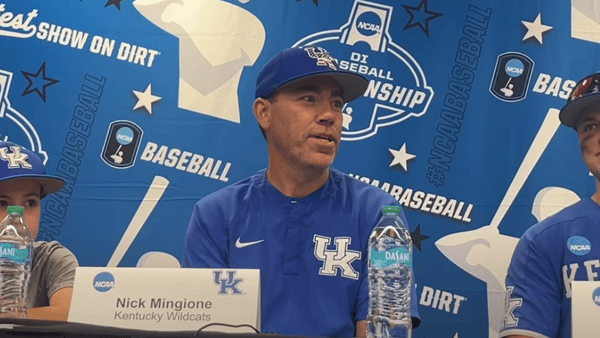
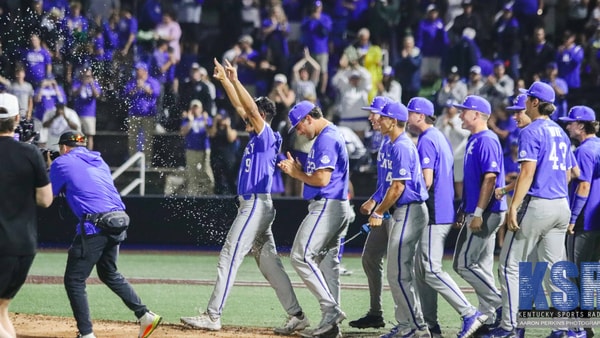
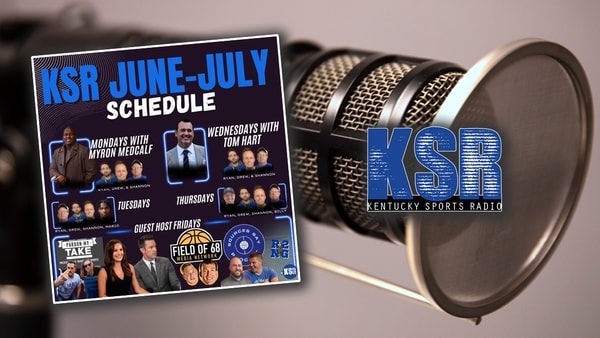
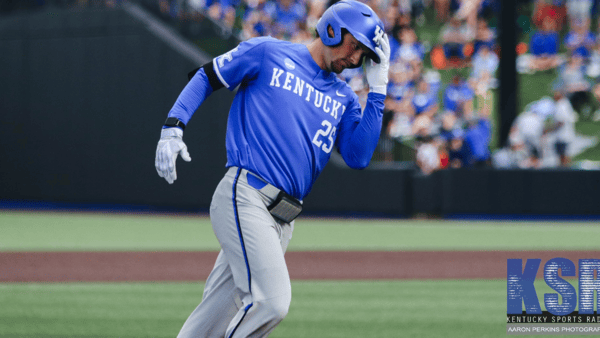
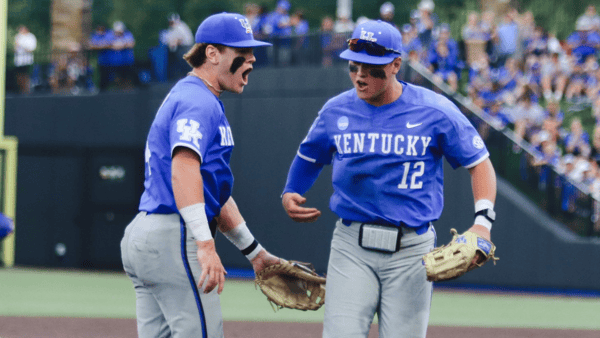
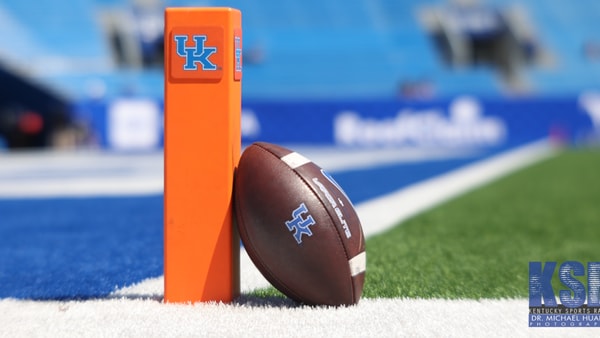

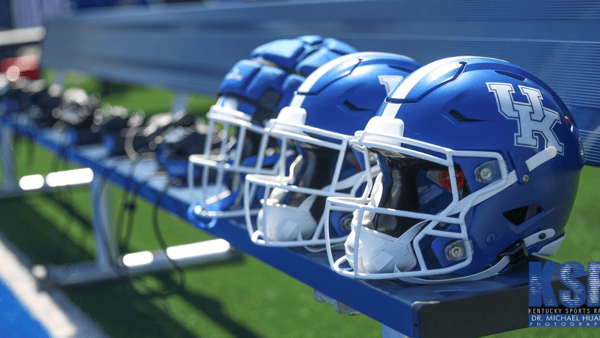
Discuss This Article
Comments have moved.
Join the conversation and talk about this article and all things Kentucky Sports in the new KSR Message Board.
KSBoard